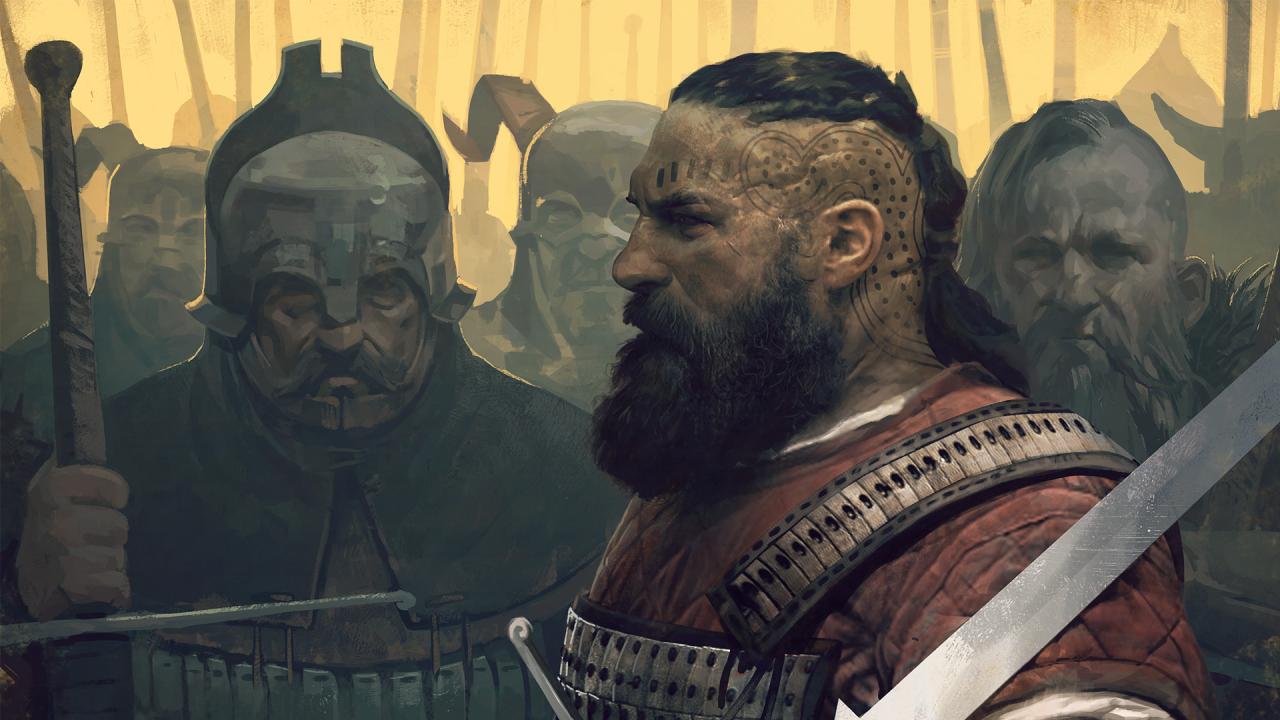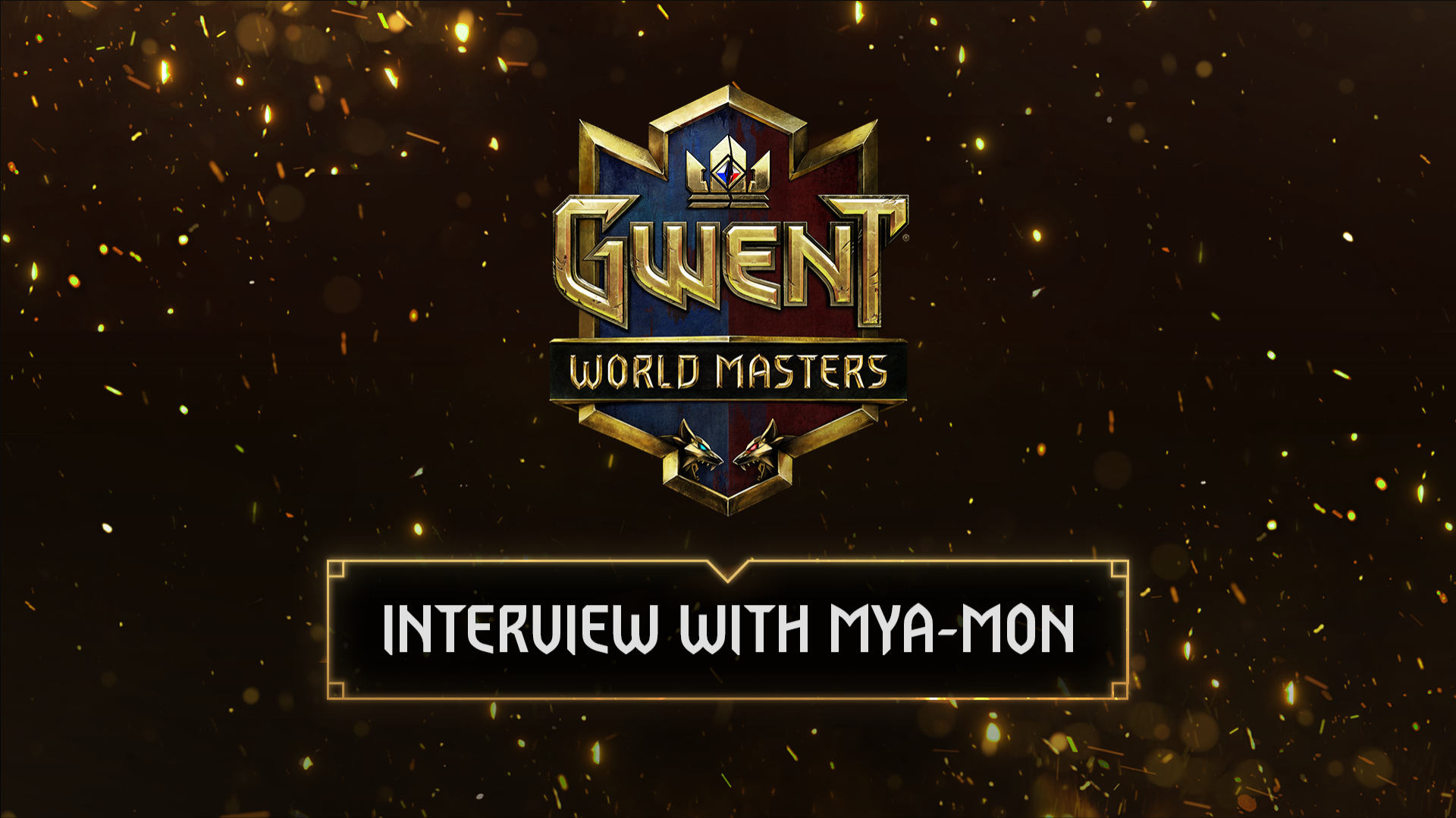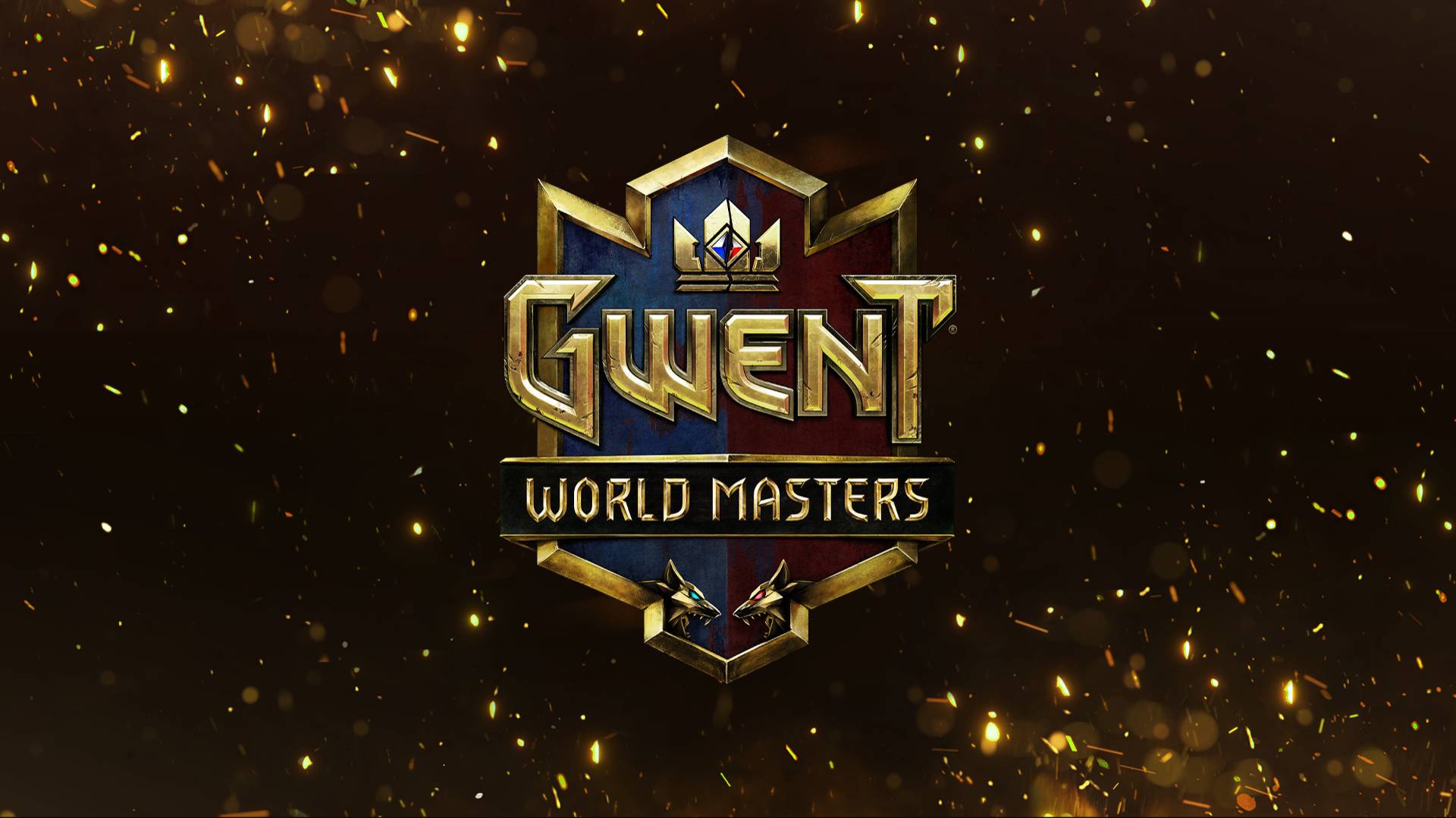by Sean "Swim" Huguenard
GWENT Challenger is coming and participants are already making the necessary preparations to compete for glory and hefty prize pool.
In preparation, the most daunting task before competitors is choosing four decks to bring to the tournament. With the playfield of equal skill, a lineup can be a deciding factor in the outcome, where one wrong guess could cost them their entire run. This preparation of a perfect line up is what will separate the true professionals from simply good players.
With that said, let’s try and predict for ourselves how the tournament meta of the third Challenger will look, and which decks are guaranteed to make an appearance or are still up for debate.
Building the Foundation: the Ladder Meta
The main difference between the tournament and ladder meta is that decks on ladder have to be strong and versatile, as there’s no way of knowing what your opponent is going to play. In tournaments, it is quite different. A player can ban decks they don’t really want to face. However, there are still parallels between the two environments, as some decks are just that potent.
Henselt Machines — There’s absolutely no doubt that Henselt will return for this bout, as it has several advantages that make it even stronger in tournaments.
- A lack of heavily unfavored matchups: The majority of tier one decks have matchups that could be annoying for the player. Henselt lacks this sort of weakness. While some matchups can feel hard for the player, there’s no deck in the meta that Henselt can’t realistically beat.
- Incredible power when going first: In an official tournament environment, deciding who goes first or second is controlled, which means that players are aware if they’ll be going second in the next match. The power of Henselt when going second is supplemented by Dun Banners, so both outcomes are good for the Henselt player.
Greatswords Skellige — Initially, players were hesitant to use this deck in the removal-heavy meta. Perhaps due to Huyahanachan’s decision to feature it in his line up in GWENT Open, where it performed spectacularly, the deck got the recognition it deserved.
- A large number of engines, and easy access to them: Many engine decks suffer from the fact that it’s hard to pull them out of the deck, on top of them being easily removed. Greatswords and Longship are both harder to remove and can be resurrected with ease, making it difficult for a majority of decks to effectively shut them down.
- Difficulty of tuning decks for the matchup: Of all the competition, only Alchemy Nilfgaard has a natural way of countering Greatsword’s strategy without sacrificing too much value in other matchups. Every other deck not only needs to put specific cards to shut down everything that Greatswords have, but these cards can also lower their chances against non-Greatsword matchups.
Alchemy Nilfgaard — The playerbase’s favorite for the last few months, Alchemy has experienced a certain drop in popularity. With how prevalent both Greatswords Skellige and Henselt Machines are however, it’s more than likely that this deck makes an appearance.
- Unparalleled amount of removal: The majority of tier one decks at the moment rely on specific cards remaining on the board. Alchemy disrupts that like no other, as Viper Witchers in combination with an arsenal of silver alchemies like Mandrake, remove any important threats from the board.
- Its reputation working for the benefit of the player: Even if Alchemy gets banned, this can be used to that player’s advantage. With so many players being afraid of its removal potential, Alchemy can be used as a ban bait, perhaps giving a would-be Alchemy player exactly what they want and protecting all other decks from being banned.
Expecting the Unexpected: Niche Tournament Strategies
These above mentioned decks are staples, both in tournaments and on ladder, but because of their popularity people are aware of how to play against them. Tournament metagames always allow the inventive deck builders to shine however, as they can bring decks that are not very popular, giving them a certain surprise factor and edge.
There are of course, other decks worth mentioning, but not quite deserving of their own sections. Deathwish Dagon and Cursed Skellige are two decks that fit this category and that will likely serve a very similar function. These two decks can be important to include as they can target Alchemy Nilfgaard to an extent without losing too hard to other decks. Cursed decks have also picked up a bit of steam lately, and are likely to be seen due to Deathwish having a weaker matchup with Greatswords Skellige.
Another deck easily worth mentioning is Brouver Nova Swap — an elf swarm deck that uses Ciri: Nova as a powerful round three finisher. The deck is powerful in both long and short rounds, and its ability to retain card advantage is on par with other popular meta decks. Due to its lack of engines, the deck is also heavily favored against Alchemy, making it a prime suspect to show up.
We always hope to see some of these styles of decks at live events, as they add a lot of uniqueness and can catch people off guard, while still being very competitive. At the very least, we can expect to see a good mix of both tournament staples and some slightly less common decks in this month’s GWENT Challenger. Watching how things play out will definitely be intense and fun!







